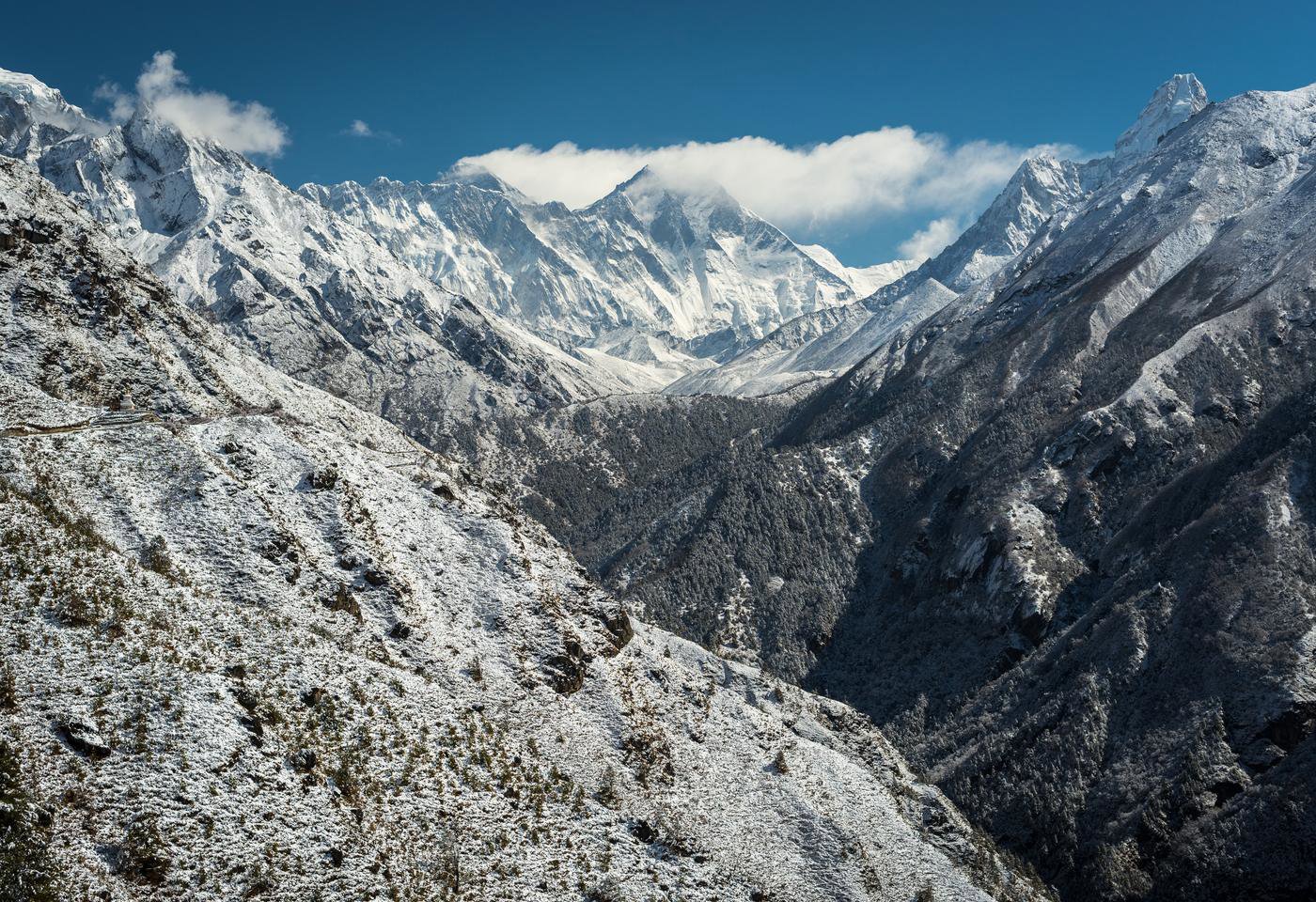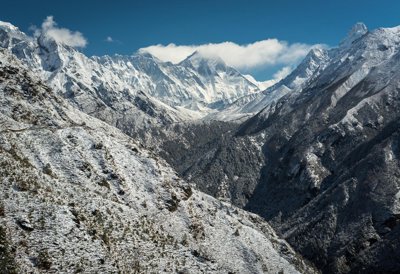Chilled lorries are the backbone of our food distribution system, keeping our pork pies and hummus safe and fresh on route to the supermarket. The problem for our air quality and carbon emissions is that many of the refrigeration units are powered by diesel engines.
Tom Heap meets a team converting these Transport Refrigeration Units from diesel to liquid nitrogen. If successful they could take a bite out of greenhouse gases in the west and, more importantly, offer a clean chilling option for farmers and food companies in the developing world. Food that spoils on the way to the consumer hurts farmers, causes hunger and increases carbon emissions. If meat, dairy, fruit and vegetables can be kept fresh for longer then everyone wins.
Society Fellow, Dr Tamsin Edwards of King's College, London helps Tom calculate just how much carbon dioxide could be removed from the environment if we use techniques like this to slash food waste.
What our expert says
We invited Society Fellow Dr Harry Kennard, a Research Fellow in Energy, Climate and Health at the University College London Energy Institute, to offer some observations on the potential of using liquid nitrogen in transport refrigeration units and the impacts of food waste on carbon emissions. His points take some of the themes of the programme a step further:
Project Drawdown estimates that 87.45–94.56 gigatons (Gt) of carbon dioxide equivalent could be reduced or sequestered by reducing food waste. This value is over the period of 30 years between 2020 and 2050. It equates to around 3 Gt/year. The estimate given by Ritchie in Our World in Data article finds food waste is around 2 Gt/year (6% of global total). Furthermore, the value relies on “10.32 Gt due to diverted agricultural production, 76.33 Gt from avoided land conversion, and 0.79 Gt from ecosystem protection.” It should be noted that these scenarios include deforestation (or more accurately ‘land-use change’) projections.
Further reading
-
Project Drawdown, Reduced food waste
-
Ritchie, H. (2020) Food waste is responsible for 6% of global greenhouse gas emissions, Our World in Data
-
Lipinski, B. et al. (2013) Reducing Food Loss and Waste. Working Paper, Installment 2 of Creating a Sustainable Food Future, Washington, DC: World Resources Institute
About the series
39 ways to save the planet is a new radio series by BBC Radio 4 developed in partnership with the Society and broadcast in 2021. It showcases 39 ideas to relieve the stress that climate change is placing on the Earth. In each 15 minute episode Tom Heap and Dr Tamsin Edwards meet the people behind a fresh and fascinating idea to cut the carbon.
Over the course of 2021, the Society will be producing events and digital content to accompany the series.
Episode 6: Chilling food

Featured card image: BBC
Featured banner image: Marcin Jozwiak/Unsplash
Lipinski et al. 2013 also recognise that there is an additional issue of food that is cooked and never eaten, and therefore thrown away, which cannot be avoided by improving refrigeration.
To conclude, the CO2 savings potential from food waste reduction are much higher and more attainable than the roll-out of the Dearman engine at scale.
